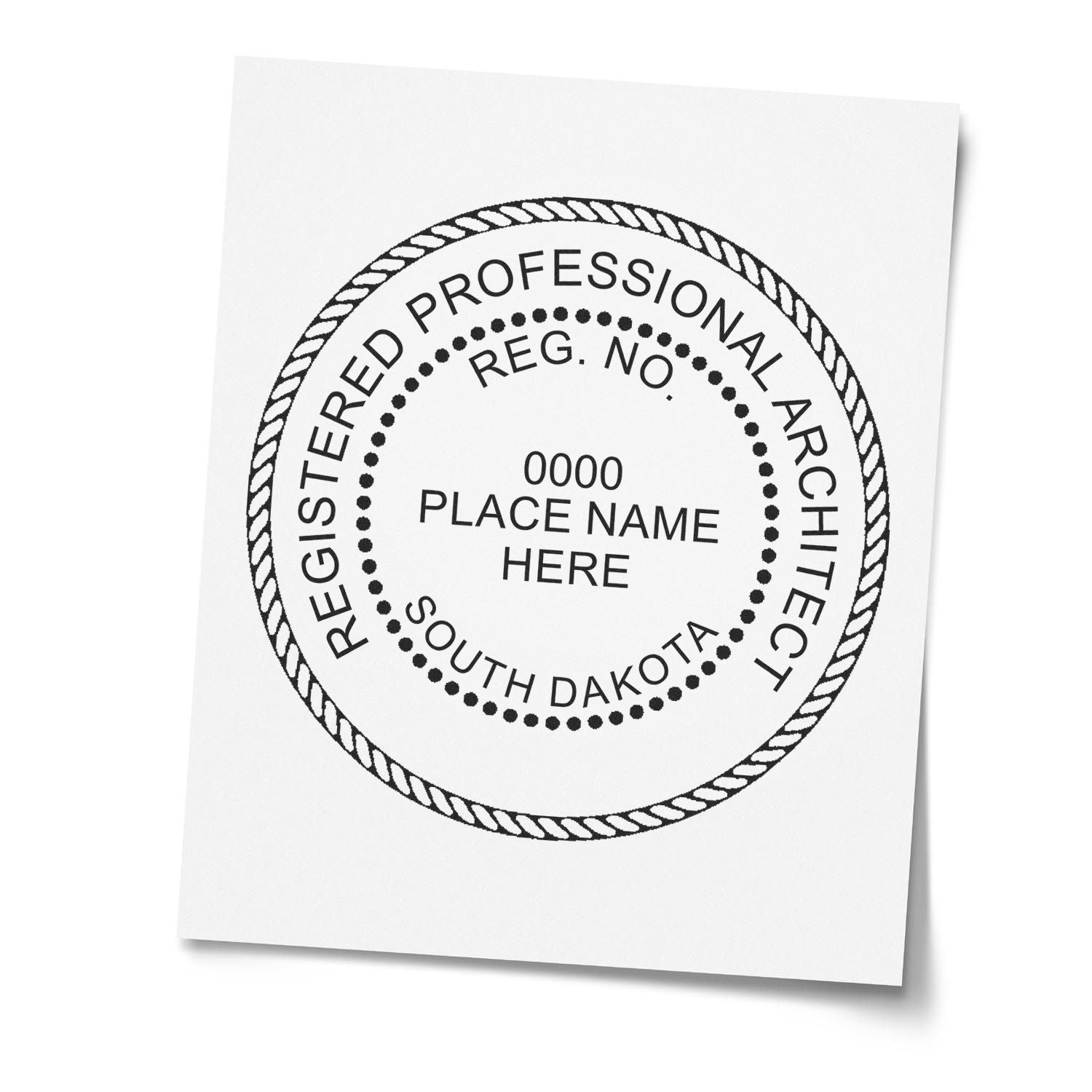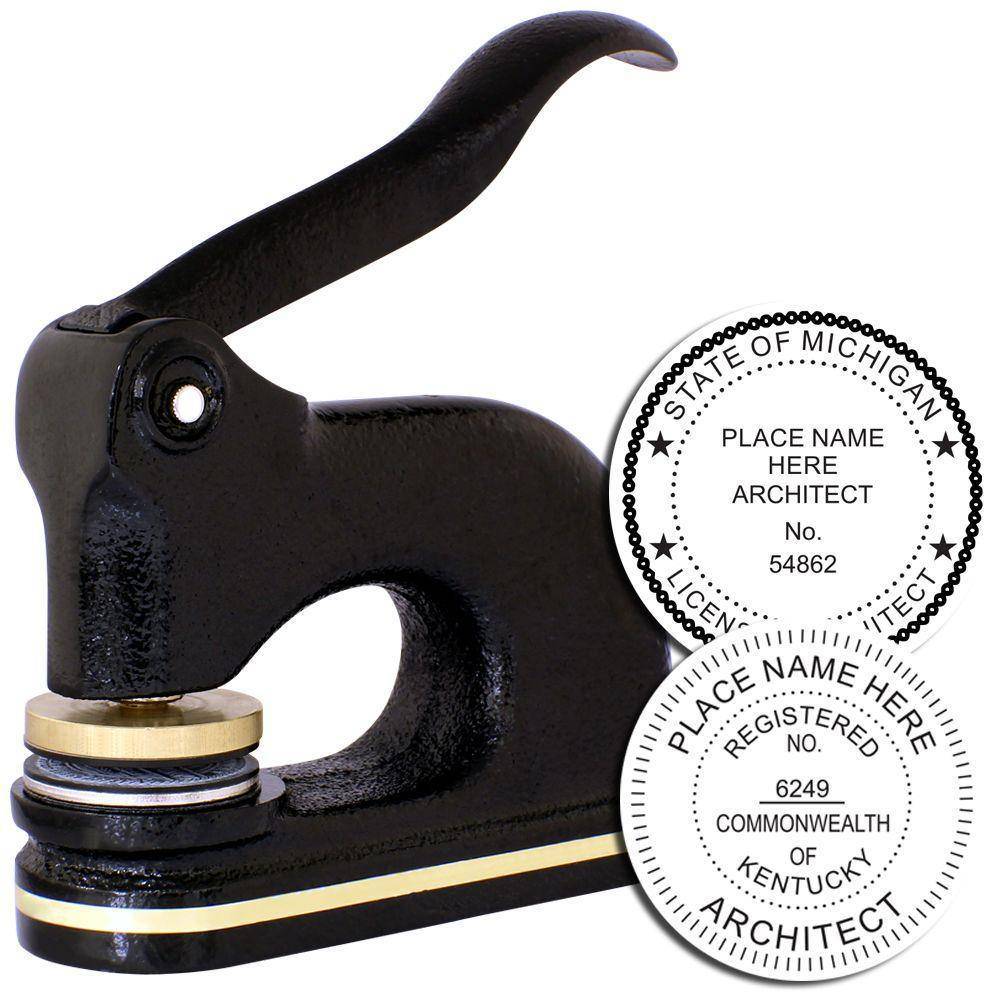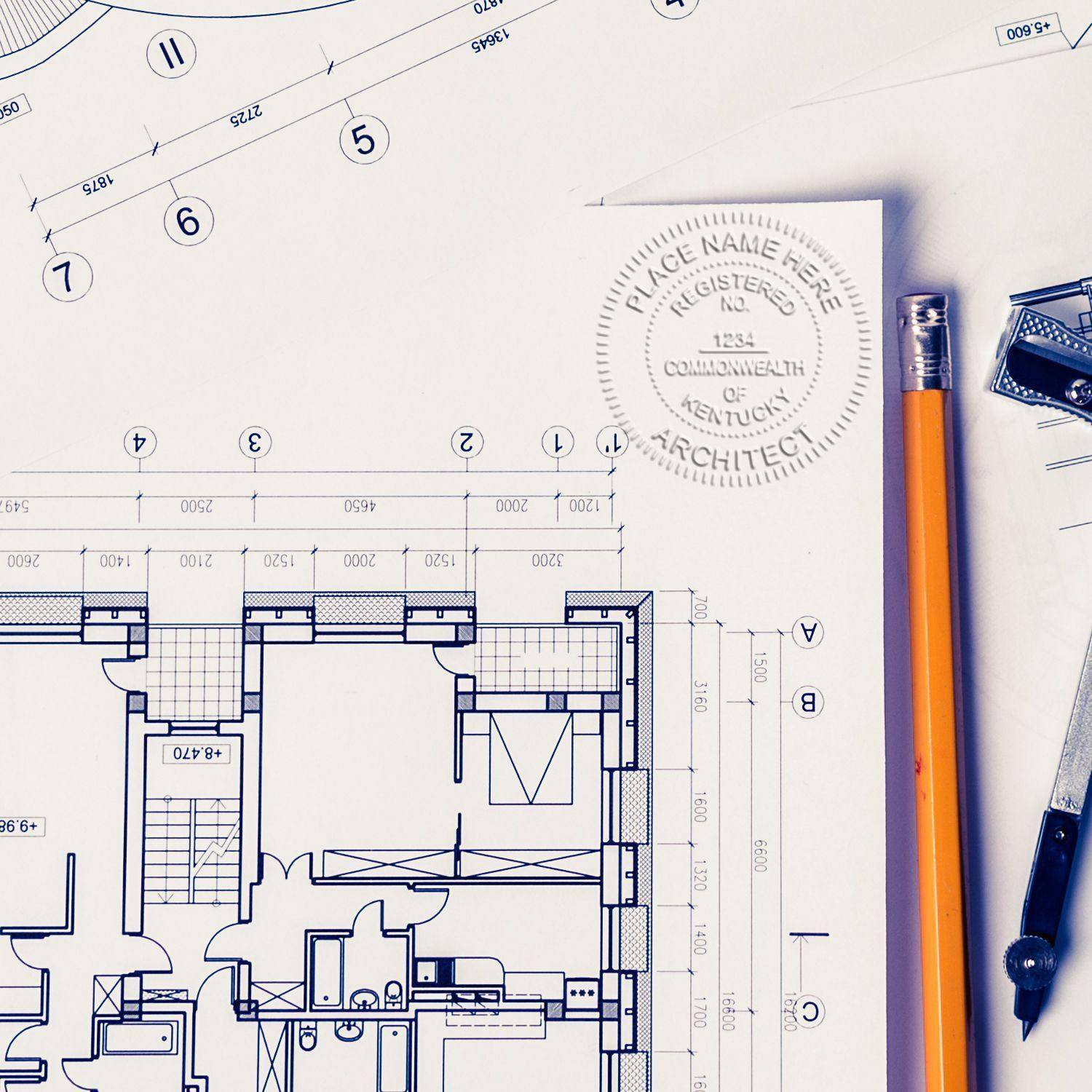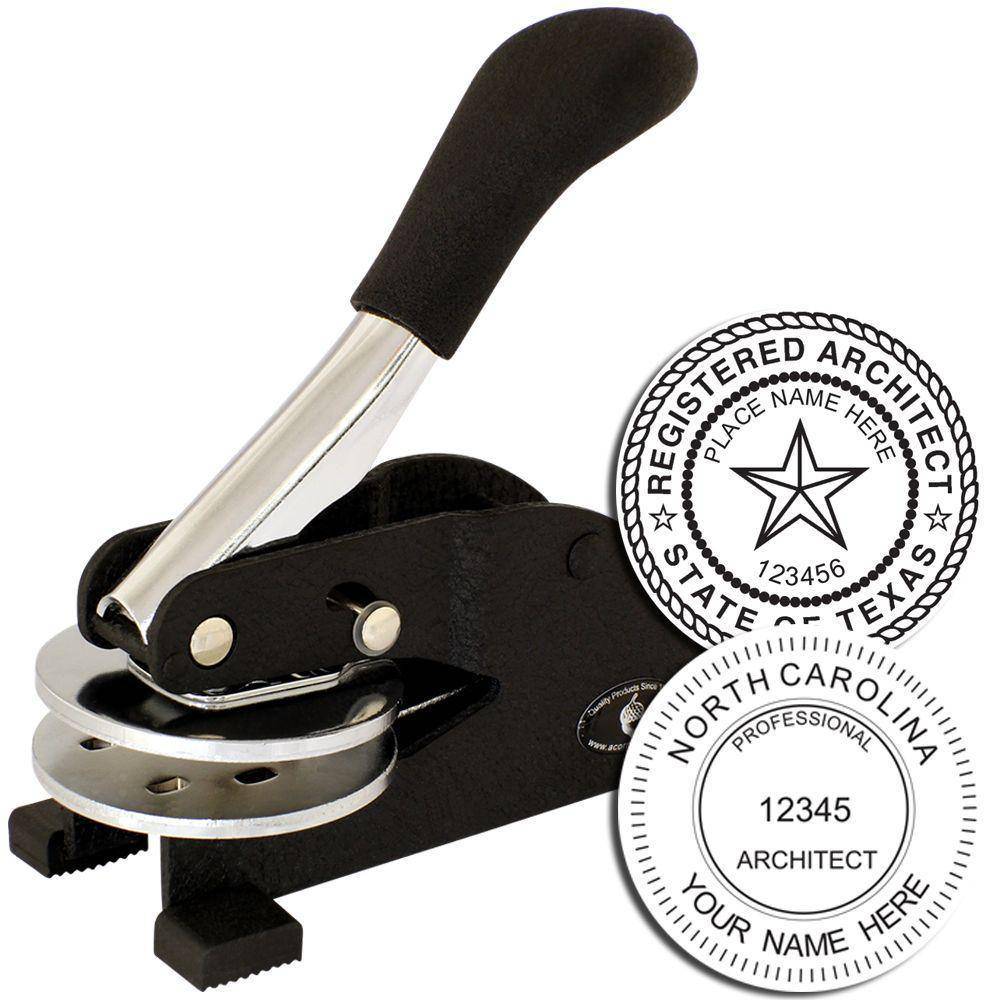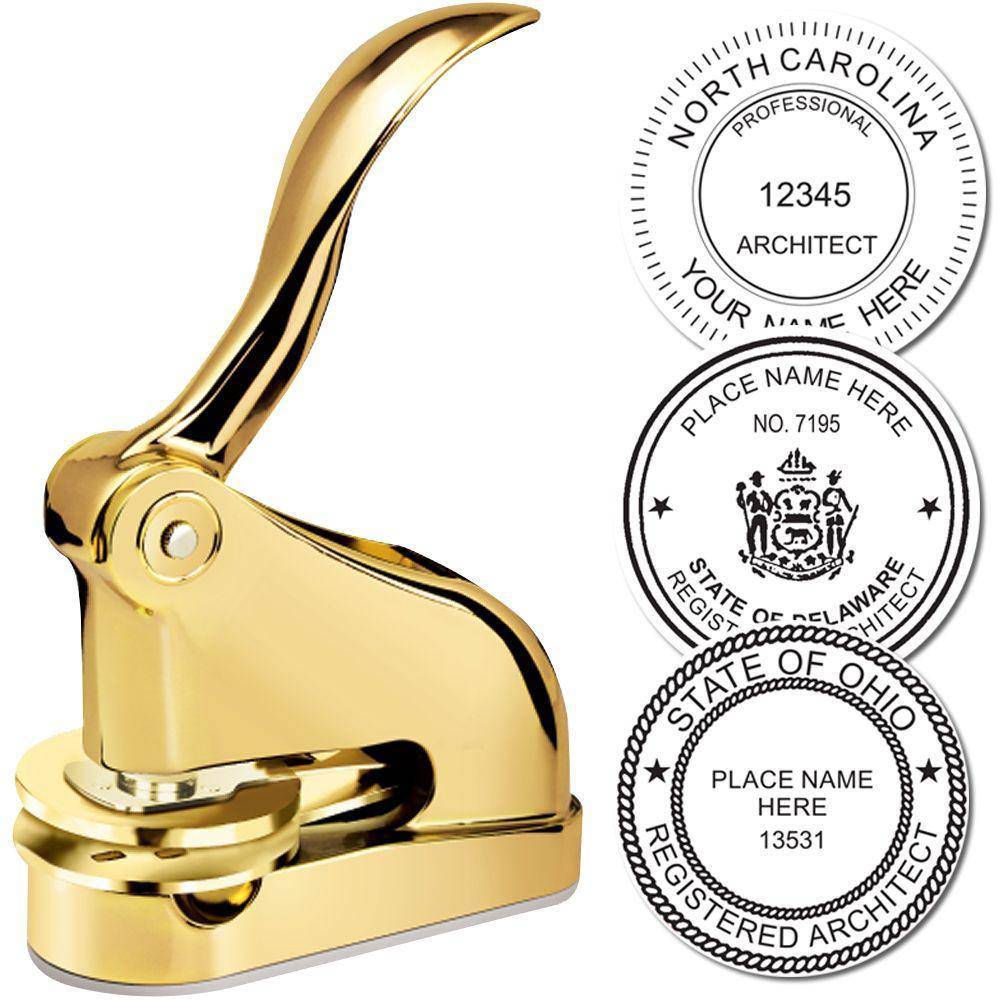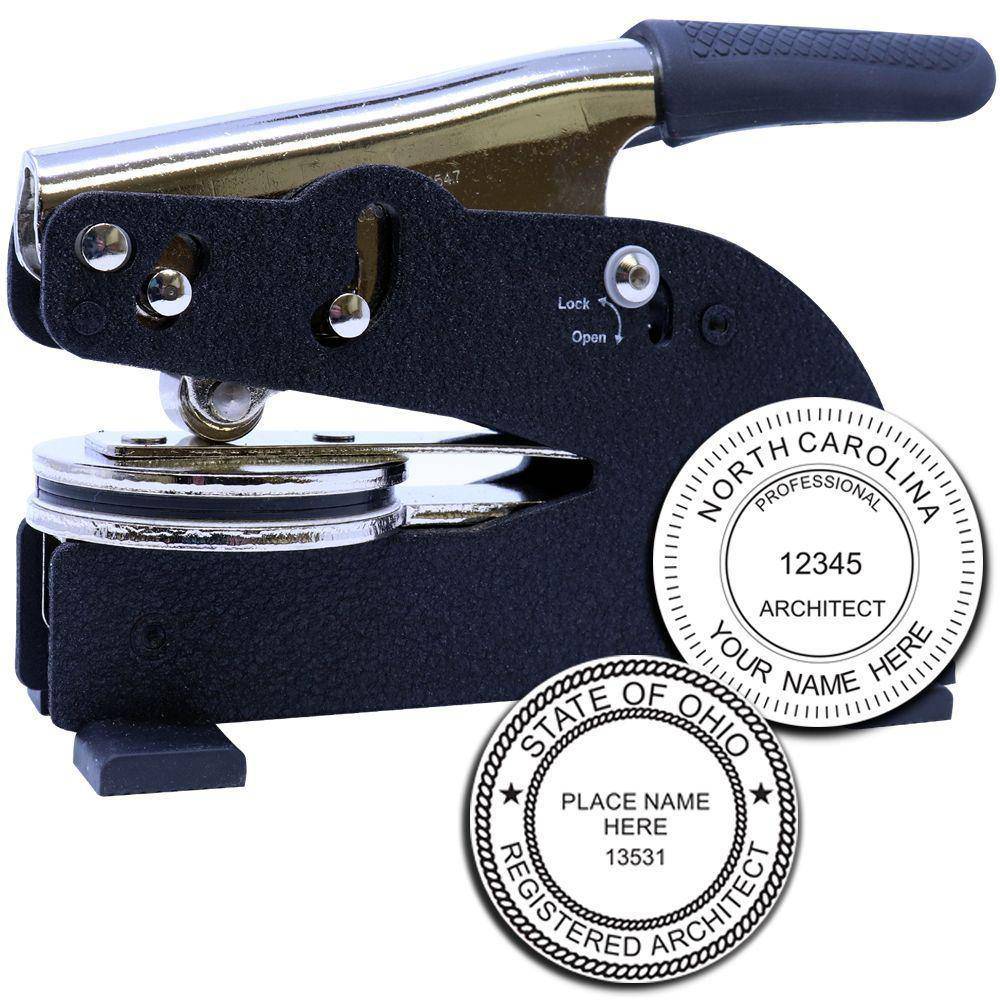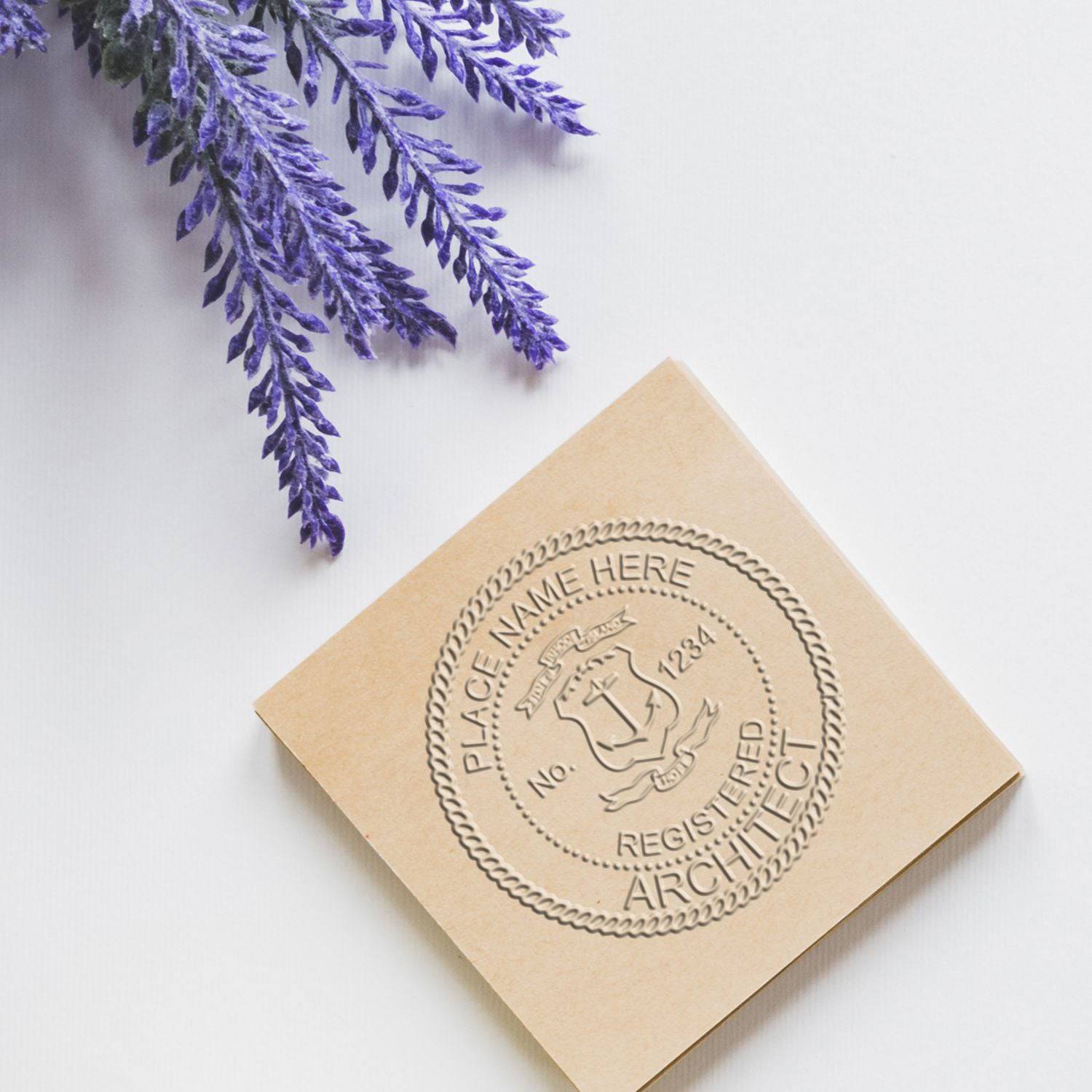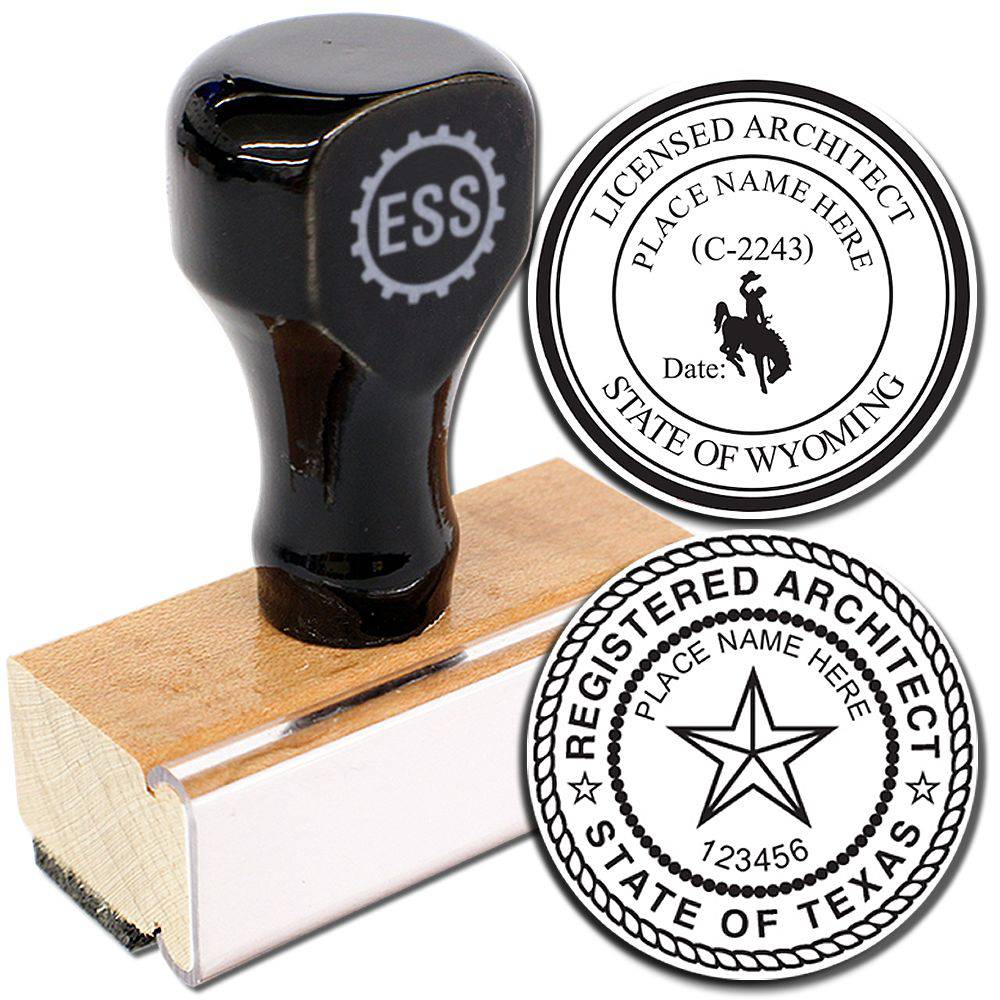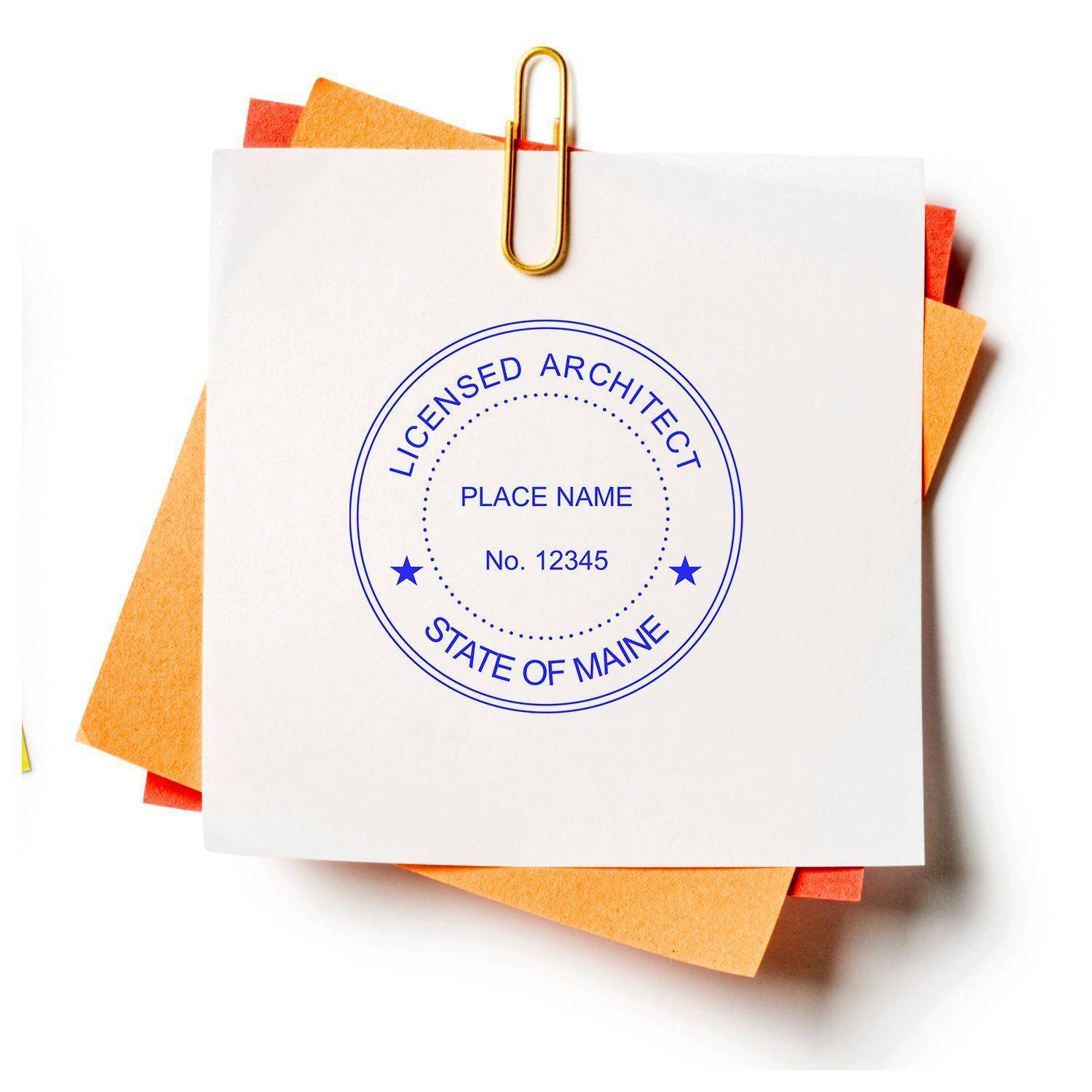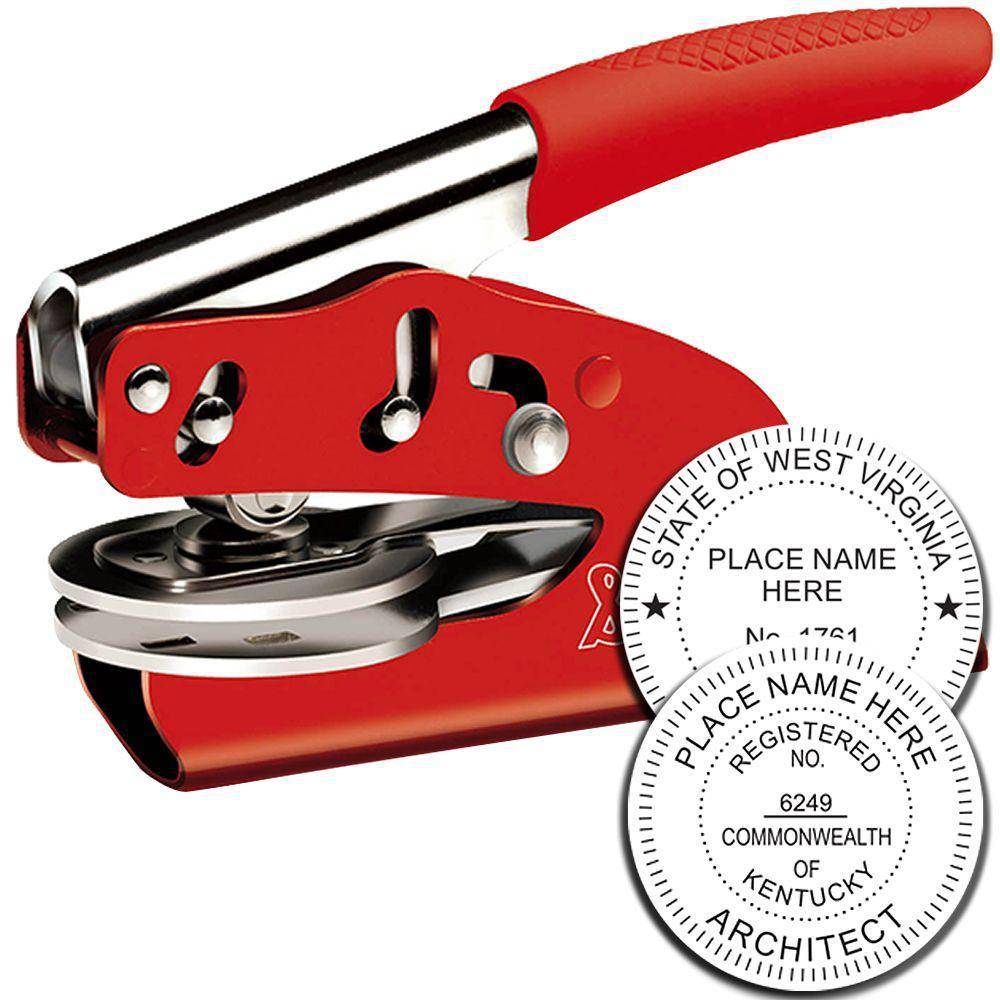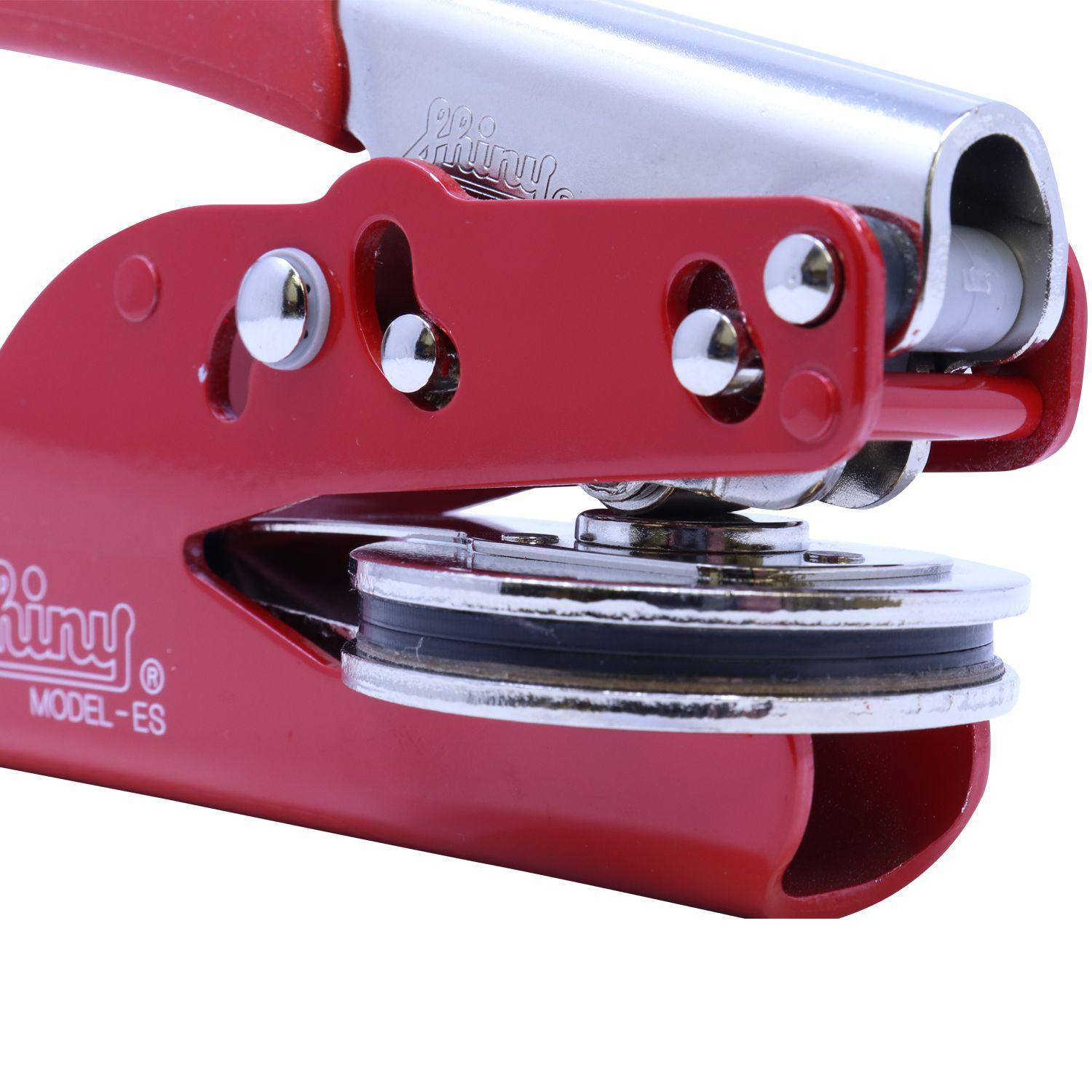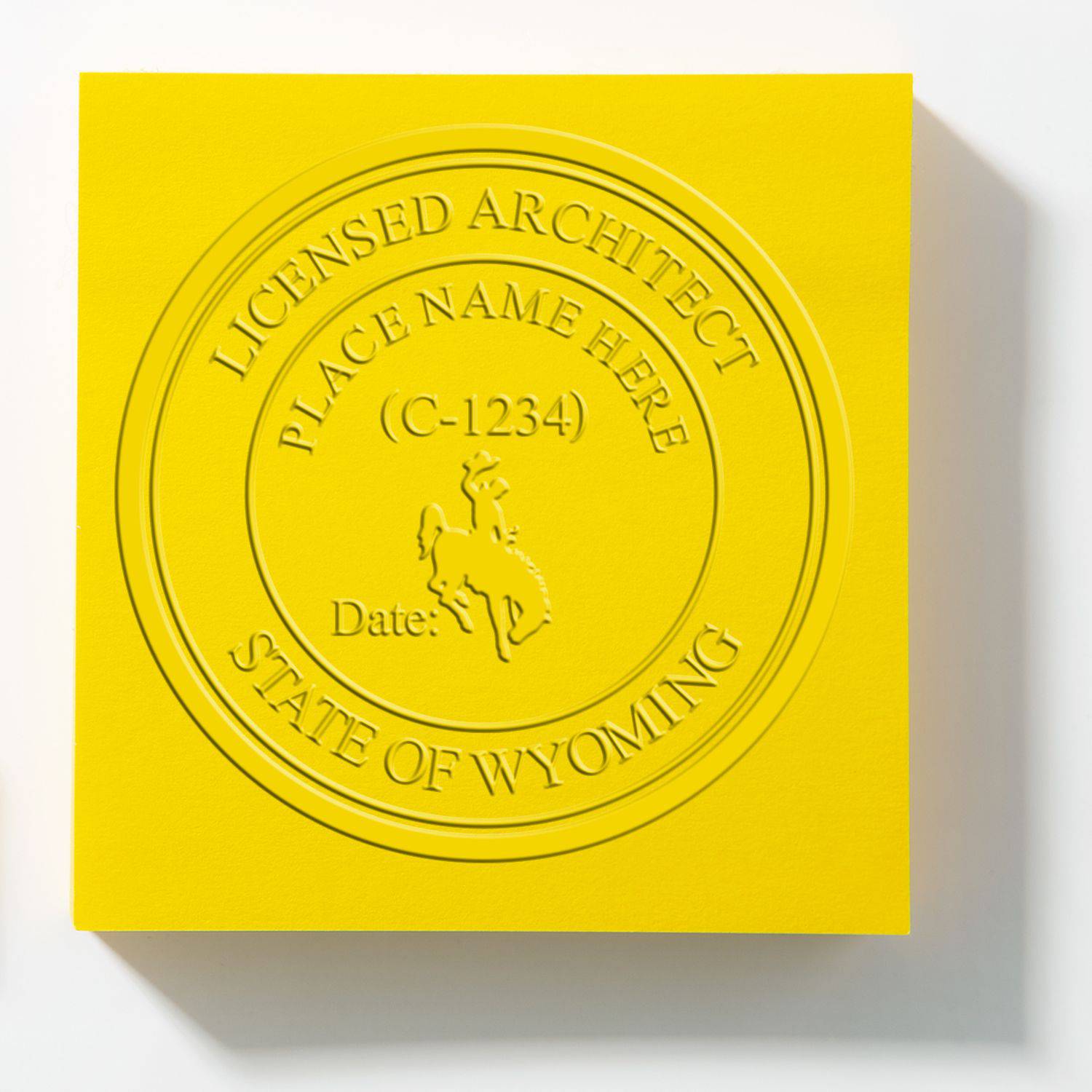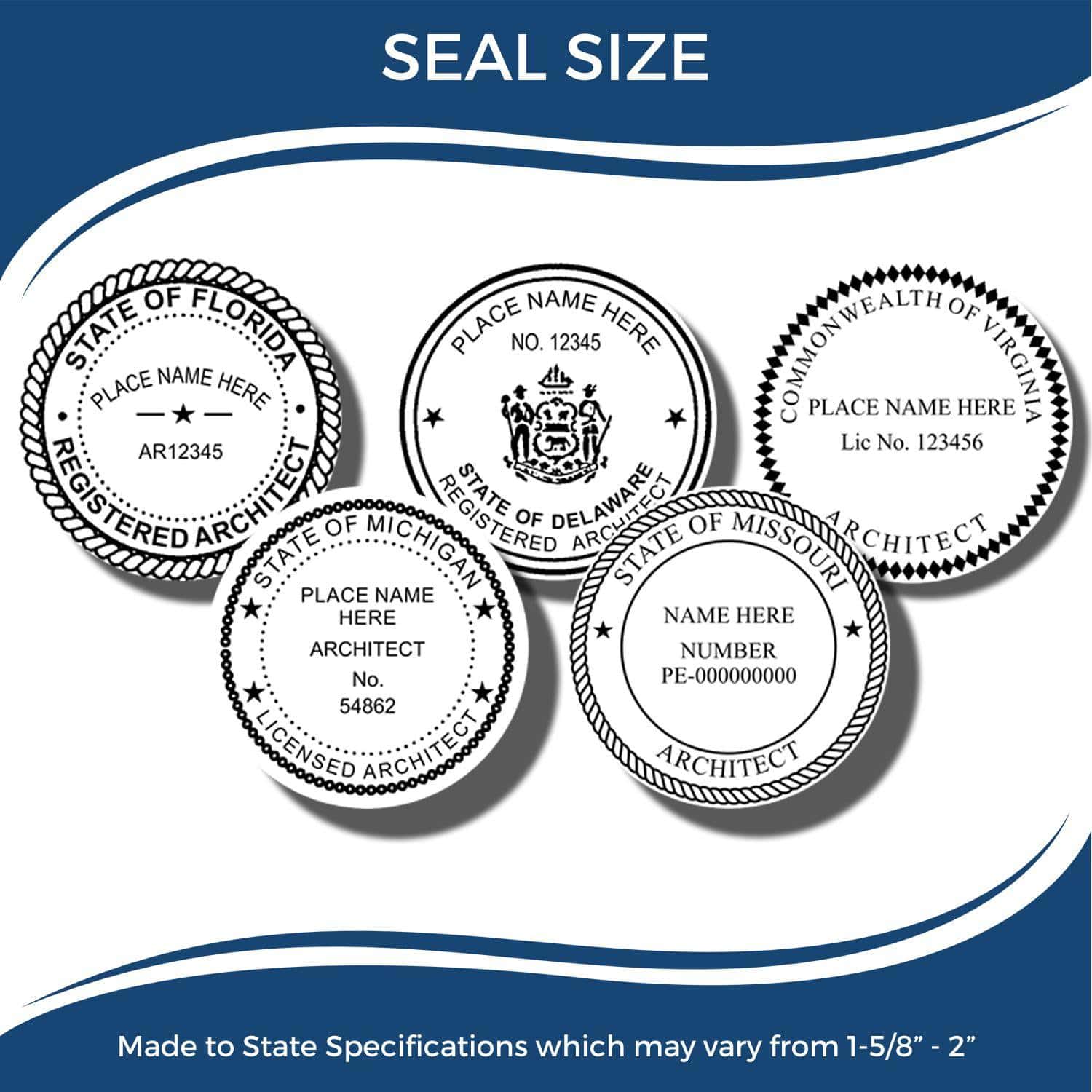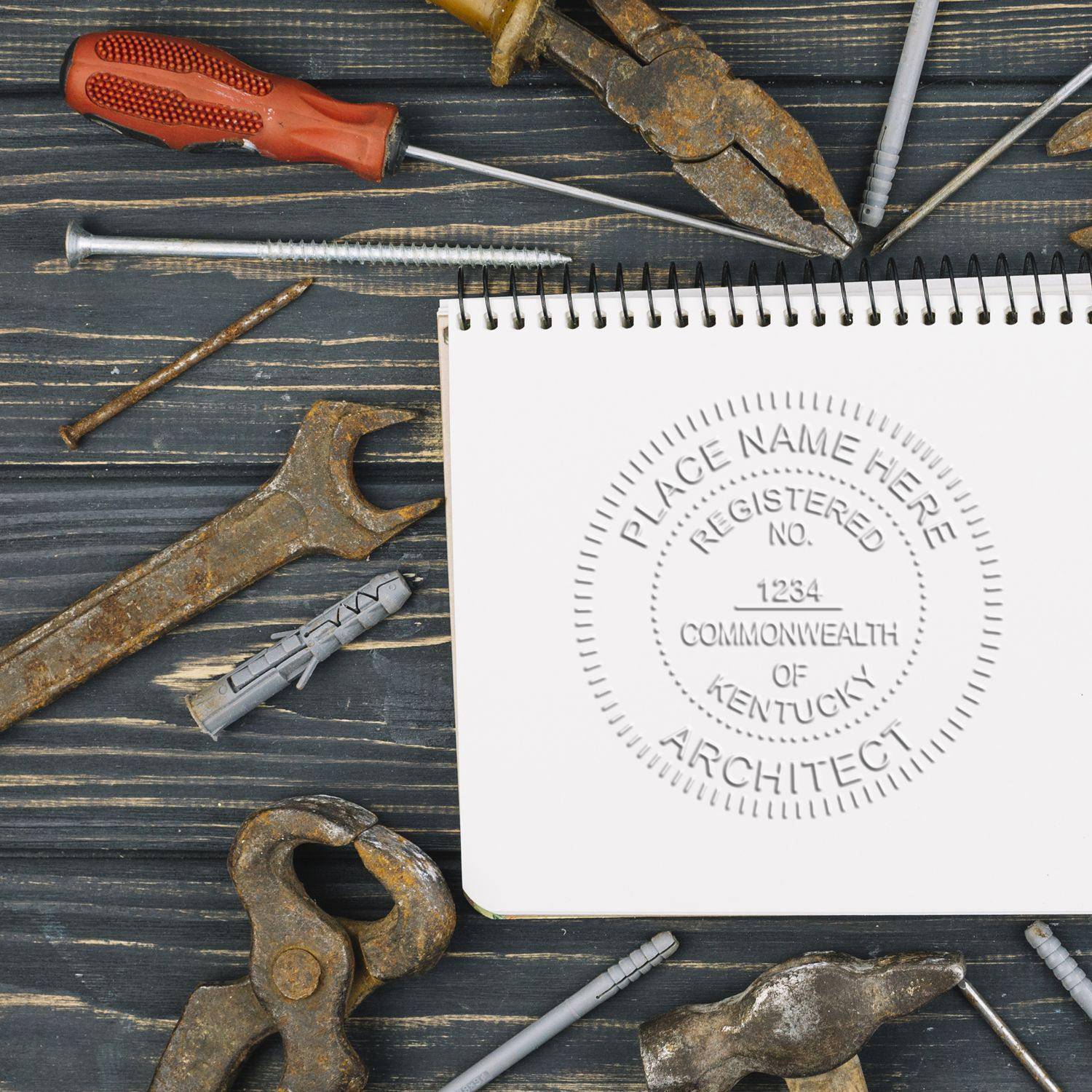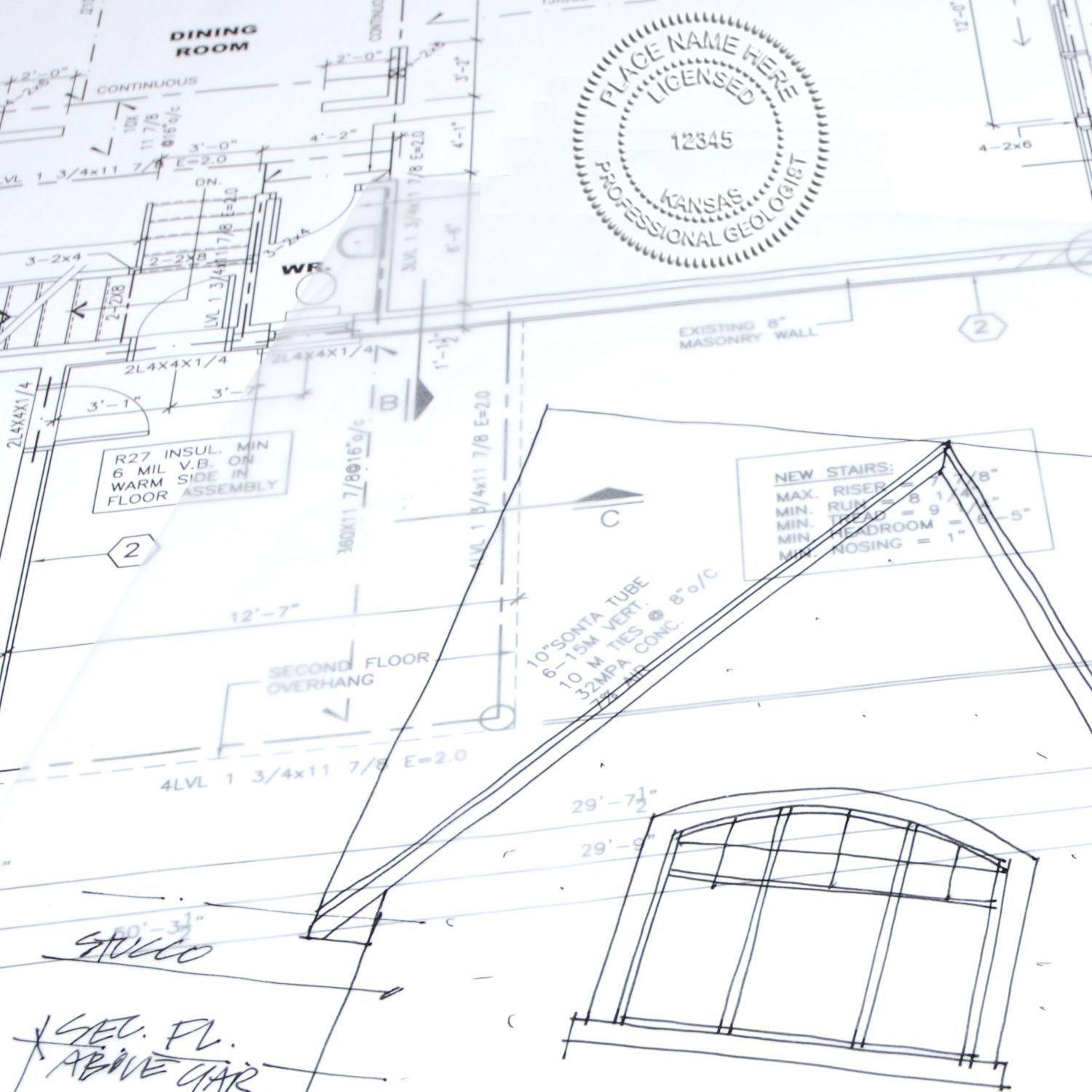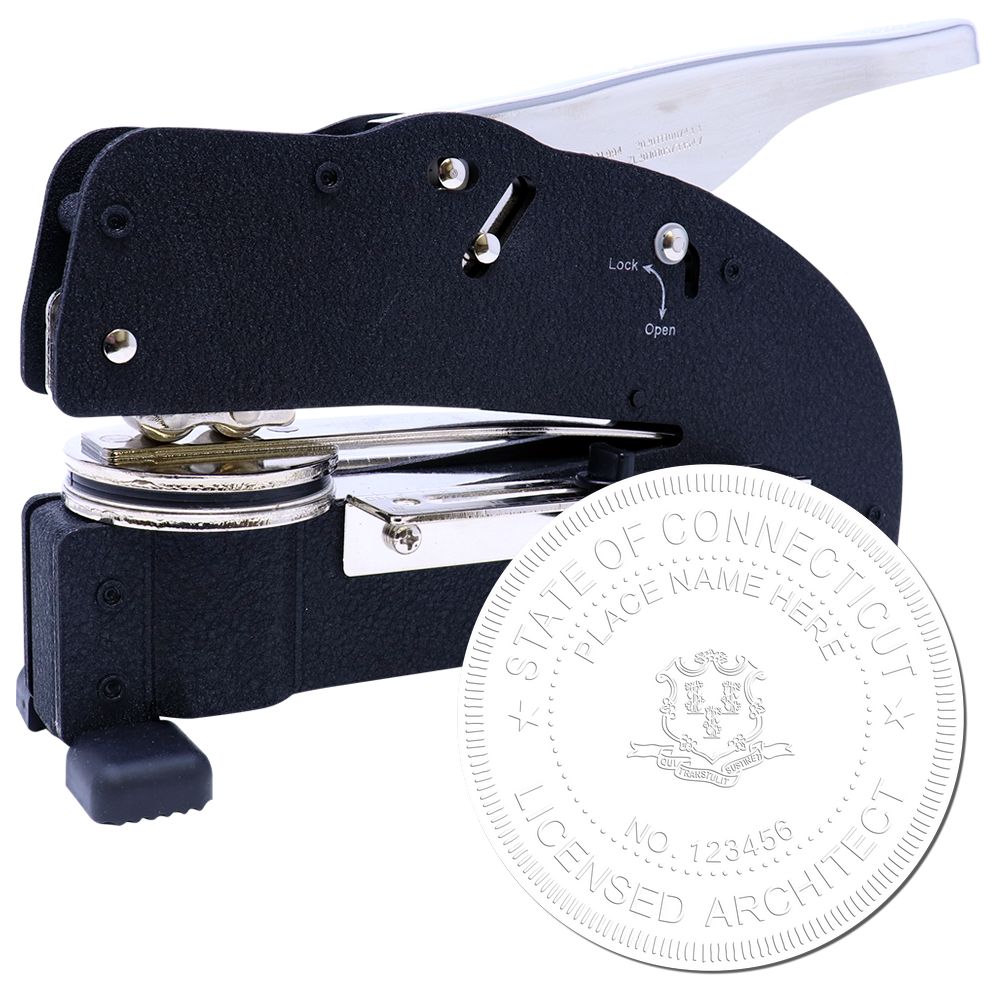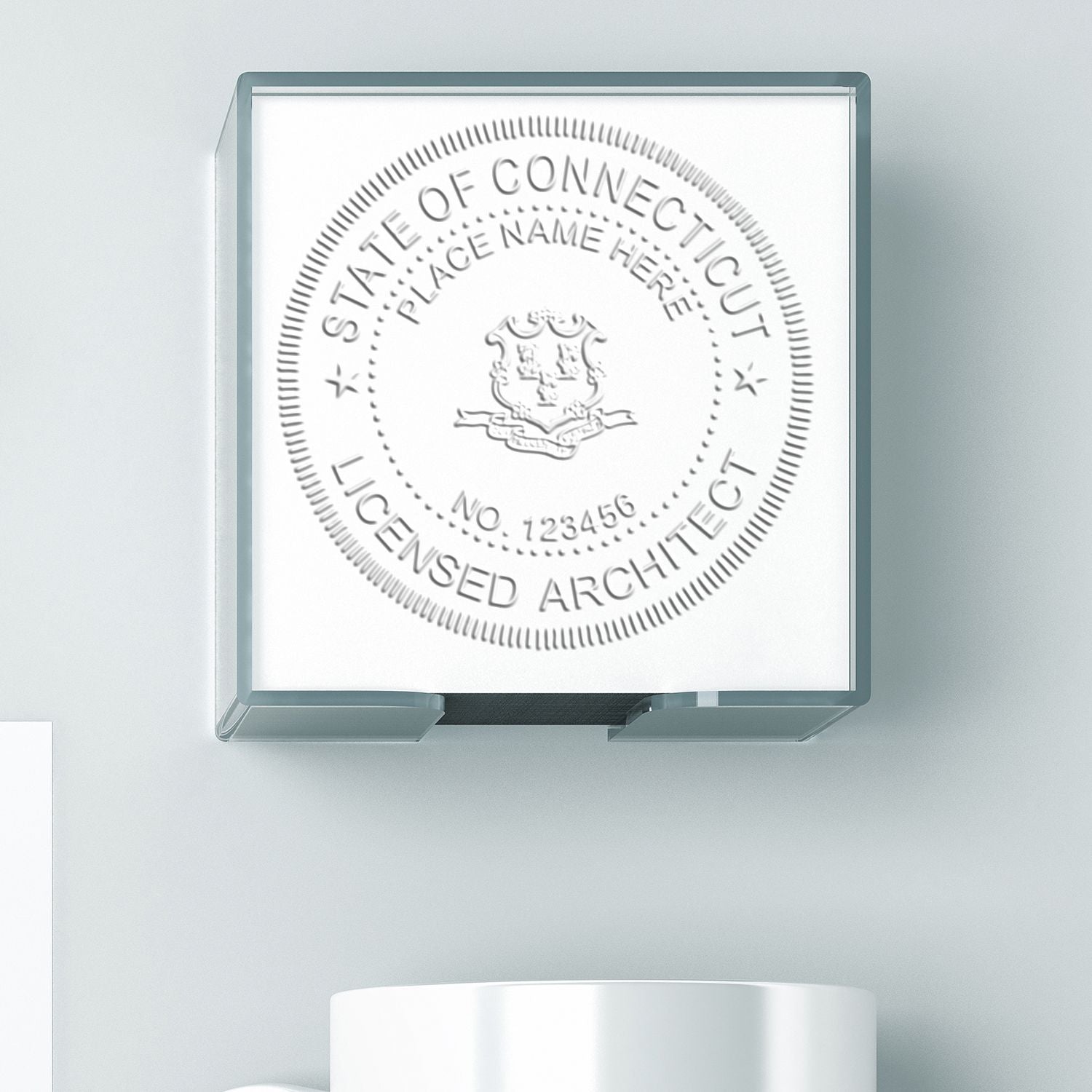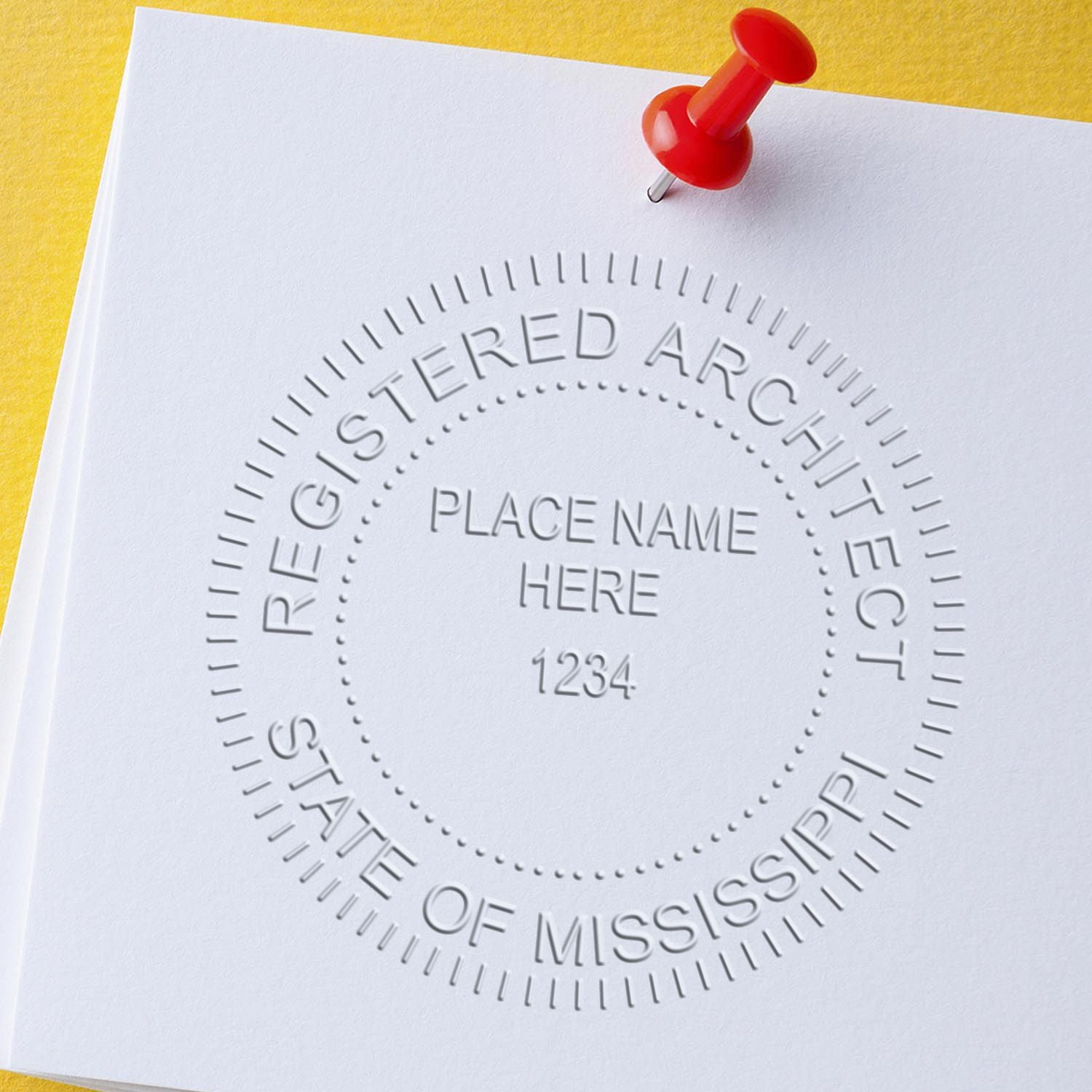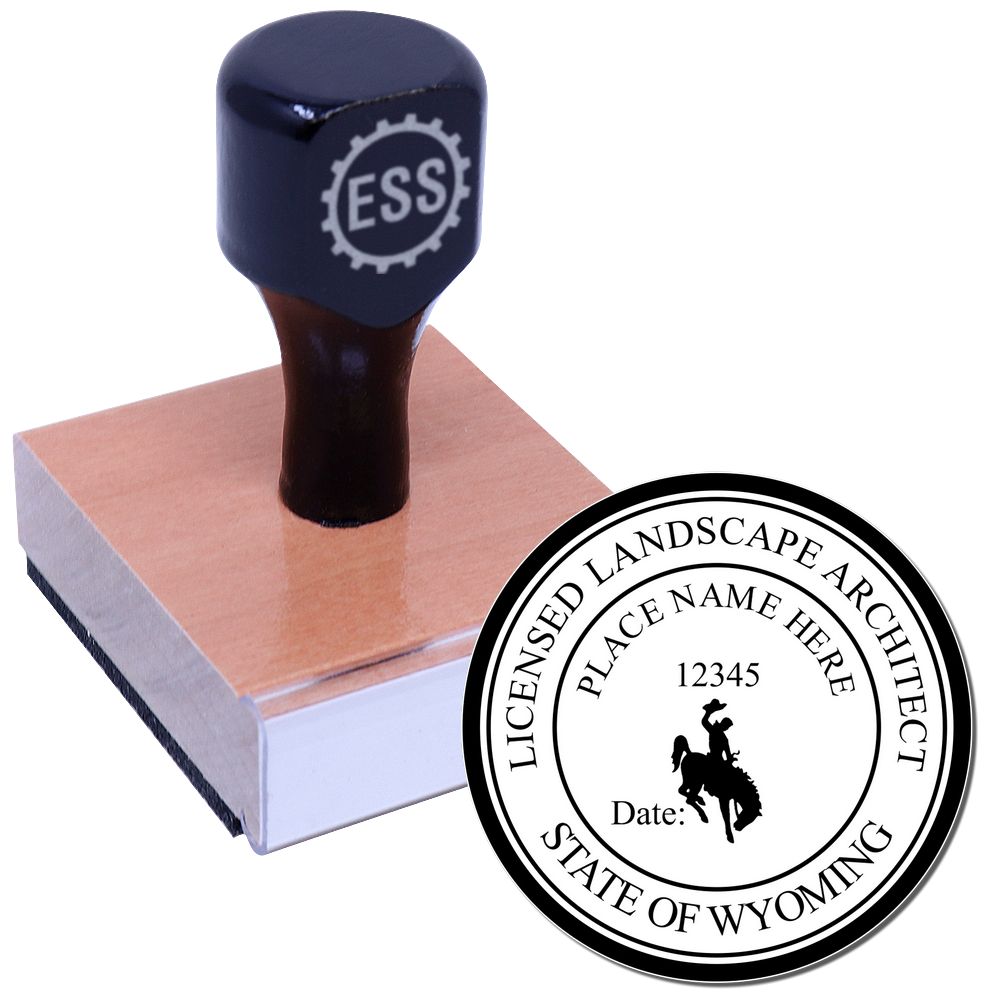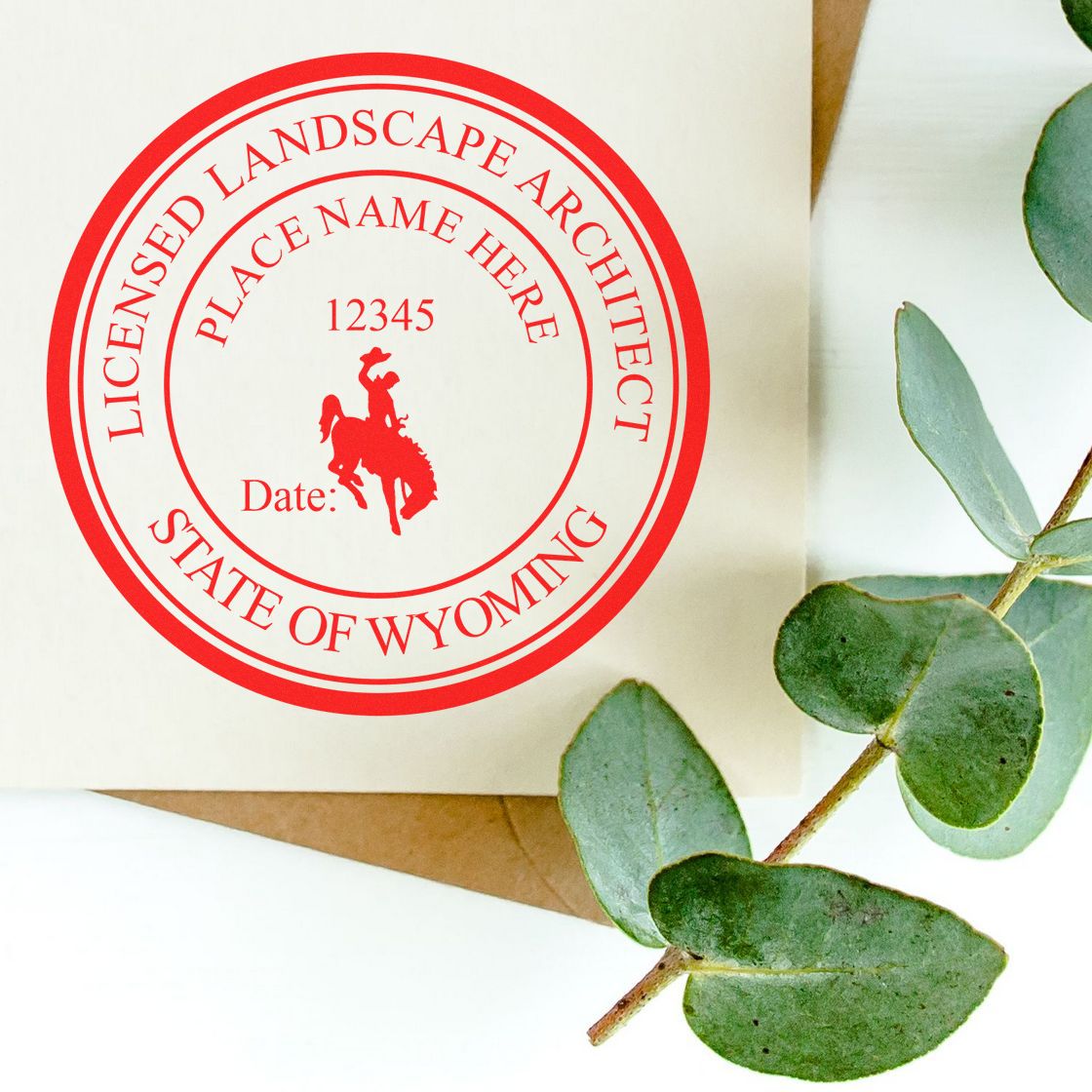Introduction to Architect Stamps
Architect stamps play an integral role in the professional world of architecture. They provide a convenient and official way to authenticate documents and drawings, ensuring the work meets the necessary standards and regulations.
The Purpose of Architect Stamps
An architect stamp is a tool used by certified architects to seal or sign off on their architectural drawings and designs. This stamp serves as a mark of approval, indicating that the architect supervising the project has reviewed the work and attests to its adherence to all relevant laws, standards, and regulations.
Architect stamps often include the architect's name, license number, and the state where they are licensed. The specific requirements for these stamps can vary from state to state, so it's essential for architects to familiarize themselves with their local architect seal requirements.
Traditional versus Self-Inking Stamps
While traditional architect stamps have served the industry well for many years, the advent of self-inking stamps has brought about a new level of convenience and efficiency.
Traditional stamps require an external ink pad. Each time the stamp is used, it needs to be manually re-inked. This process can be time-consuming and messy, especially when dealing with a large volume of documents.
On the other hand, architect stamp self-inking mechanisms contain their own internal ink pad. Each time the stamp is pressed, it automatically re-inks itself, ready for the next use. This design makes self-inking stamps quick, clean, and easy to use, offering significant advantages over traditional stamps.
The switch to self-inking stamps represents a step forward in time-efficiency and convenience for architects. They are becoming an increasingly popular choice for busy professionals who appreciate the benefits of a streamlined workflow. To learn more about the advantages of self-inking stamps, visit our articles on architect stamps and architect stamp ink.
Understanding Self-Inking Stamps
To fully appreciate the benefits of an architect stamp self-inking, it’s crucial to first understand how it works and the efficiency it brings to the table.
How Self-Inking Stamps Work
Self-inking stamps are innovative tools that reinvent the traditional method of stamping. They feature a built-in ink pad that automatically re-inks the stamp die after every impression. This mechanism involves a spring-loaded mount that flips the stamp die against the ink pad each time pressure is applied and then released.
Here's a simple step-by-step breakdown:
- Apply pressure to the stamp, pressing it down onto the paper.
- The pressure causes the stamp mount to flip, raising the die from the ink pad.
- The die meets the paper, leaving an impression.
- Release the pressure, and the mount flips back, resting the die on the ink pad, ready for the next impression.
This innovative design eliminates the need for separate ink pads, making the stamping process quicker, cleaner, and more efficient.
Efficiency and Ease of Self-Inking Stamps
One of the main advantages of self-inking stamps is their efficiency. The automatic re-inking mechanism means you can make multiple impressions in quick succession without stopping to re-ink the stamp. This can significantly speed up tasks, especially when stamping a large number of documents.
Furthermore, self-inking stamps are easy to use, requiring minimal effort to create a clear, crisp impression. They are typically designed with ergonomics in mind, making them comfortable to hold and use for extended periods.
Another key benefit is the quality and consistency of the impressions. Each stamp delivers a uniform amount of ink, ensuring consistent results every time. This can contribute to a more professional appearance, particularly important for architects seeking to convey a high level of professionalism in their work.
The table below provides a comparative analysis of traditional and self-inking stamps:
| Factors | Traditional Stamps | Self-Inking Stamps |
|---|---|---|
| Speed | Slower due to need for manual re-inking | Faster due to automatic re-inking |
| Effort | Requires more effort to maintain ink levels and apply pressure | Requires less effort to make impressions |
| Consistency | Ink consistency can vary, affecting the quality of impressions | Delivers consistent ink application, ensuring uniform impressions |
To keep your architect stamp self-inking in optimal condition, it's essential to regularly check the ink levels and have a refill handy when needed. For more details on ink types and refilling methods, check out our article on architect stamp ink.
In essence, self-inking stamps simplify the stamping process, increase efficiency, and deliver consistent results, making them a valuable tool for architects. By understanding how these stamps work and the benefits they offer, you can make an informed decision when switching from traditional to self-inking stamps.
Benefits of Architect Stamp Self-Inking
Choosing self-inking stamps for architectural work can have several advantages. These benefits directly impact work productivity, the consistency of imprints, and the lifespan of the stamp itself.
Increased Productivity
One of the most noteworthy merits of using an architect stamp self-inking tool is the boost in productivity. Traditional stamping methods require the user to manually apply ink for each imprint, which can be time-consuming. Self-inking stamps, on the other hand, automate this process, allowing architects to make multiple imprints in quick succession. This feature significantly reduces the time spent on stamping, freeing up more time for other important tasks.
| Stamp Type | Time per Stamp (seconds) | Stamps per Hour |
|---|---|---|
| Traditional Stamp | 10 | 360 |
| Self-Inking Stamp | 2 | 1800 |
As the table demonstrates, the use of self-inking stamps can dramatically increase the number of imprints that can be made in an hour.
Consistency in Imprints
Another advantage of self-inking stamps is their ability to provide uniform and clear imprints. With traditional stamps, the quality of each imprint can vary based on the amount of ink used and the pressure applied. In contrast, self-inking stamps deliver a consistent amount of ink and pressure with each use, ensuring that each imprint is as clear and defined as the last. This consistency is crucial for maintaining a professional appearance on architectural documents, plans, and drawings.
Longevity of Self-Inking Stamps
When it comes to longevity, self-inking stamps outshine traditional variants. The self-inking mechanism reduces wear and tear on the rubber stamp, prolonging its lifespan. Additionally, the refillable ink pads used in self-inking stamps can be replaced as needed, allowing for continuous use over extended periods.
| Stamp Type | Lifespan (years) | Imprints before Refill |
|---|---|---|
| Traditional Stamp | 1-2 | 500-1000 |
| Self-Inking Stamp | 5-10 | 5000-10000 |
Self-inking stamps not only last longer, but they also offer more imprints between refills compared to traditional stamps.
The benefits of increased productivity, consistency in imprints, and longevity make the self-inking architect stamp a valuable tool for professionals in the field. By investing in these tools, architects can enhance their workflow and present their work in a more professional manner. For more information on architect stamps and seals, check out our articles on architect stamps and architect seals.
Choosing the Right Self-Inking Architect Stamp
Selecting an architect stamp self-inking involves careful consideration of several factors. From the size and design of the stamp to its upkeep, each aspect holds importance in ensuring the stamp's usability and longevity.
Size and Design Considerations
When it comes to selecting a self-inking architect stamp, size matters. The stamp size should be appropriate for the documents it will be used on, and it should adhere to the architect seal requirements set forth by the relevant regulatory body.
| Document Type | Recommended Stamp Size |
|---|---|
| Large Blueprints | 2 inches |
| Regular Documents | 1 - 1.5 inches |
| Small Documents or Labels | 0.5 - 0.75 inches |
The design of the stamp is another crucial factor. It should be clear, legible, and include all necessary details, such as the architect's name, license number, and state of licensure. For more on this, refer to our article on architect seal design.
Maintenance and Care of Self-Inking Stamps
Proper maintenance is essential to ensure the durability and consistent performance of your self-inking architect stamp. Cleaning the stamp after use prevents ink buildup and clogging, ensuring clear and crisp impressions every time. A damp cloth can be used to wipe off excess ink from the stamp surface.
The ink pad of a self-inking stamp is replaceable, which means you can use the same stamp for years with proper care. Be sure to check the ink levels regularly and replace the pad or refill the ink as needed. Always use quality ink to maintain the performance of your stamp. For more on this, check out our article on architect stamp ink.
Remember, a well-chosen and well-maintained self-inking architect stamp can significantly enhance your professional workflow, ensuring consistent, clean, and quick impressions on your architectural documents. Whether you're considering transitioning from traditional architect stamps or looking to replace your existing self-inking stamp, understanding these factors can guide you in making an informed choice.
Transitioning to Self-Inking Stamps
Switching to self-inking stamps can be a significant step in improving productivity and ensuring consistency in your work. Understanding how to prepare for the switch and learning the best practices for using self-inking stamps will ensure a smooth transition.
Preparing for the Switch
The first step in transitioning to a self-inking stamp is to determine the size and design that are most suitable for your needs. It's crucial to consider the requirements for architect seals in your jurisdiction, as well as the specific needs of your work.
You might also want to consider investing in a custom architect stamp. A custom design can ensure that your stamp meets all your professional needs and adheres to all relevant architect seal requirements.
Once you've determined the appropriate size and design, it's time to order your self-inking stamp. Consider purchasing your architect seal online to take advantage of a broader range of options and potentially more competitive prices.
Best Practices for Using Self-Inking Stamps
Once you've received your new self-inking stamp, you'll want to know how to use it effectively. Here are some tips to ensure optimal use and longevity of your architect stamp self-inking.
Proper Usage: Apply even pressure when using the stamp to get a clear and consistent imprint. Avoid rocking the stamp back and forth as it may result in a blurry or uneven imprint.
-
Regular Cleaning: Keep the stamp clean to avoid ink build-up, which can affect the clarity of the imprint. Use a soft cloth to gently clean the surface of the stamp.
Ink Refilling: When the imprint starts to fade, it's time to refill the ink. Use the correct type of ink for your stamp to avoid damaging it. For more information on this, check out our article on architect stamp ink.
Proper Storage: Store the stamp in a cool, dry place when not in use to prolong its lifespan. Avoid exposure to extreme heat or cold, which could damage the stamp.
Transitioning to a self-inking stamp can significantly enhance your efficiency and productivity as an architect. With proper care and usage, your self-inking stamp will serve you well for many years to come. Remember to always check and comply with the architect seal requirements in your jurisdiction.
About ESS
At our family-owned business, we have been providing top-quality rubber stamps, professional seals, notary supplies, and other custom stamps since 1964. With such a rich history of experience in the industry, our team has perfected the art of delivering exactly what our customers need. At our website, we offer a wide range of products that cater to a diverse array of customers, from small businesses to large corporations. From date stamps to custom seals, we have everything you need for your business. Our fast turnaround time is another reason why shopping on our website is a smart choice. With most custom products shipping within 24-48 hours, we know how important it is to receive your orders promptly. Additionally, with every professional seal purchase, we offer free electronic seals that ensure your documents are secure and legitimate. Our customer service team is always ready to assist you and answer any questions you might have during your shopping experience. We strive to make your shopping experience pleasurable and easy, so you can focus on what really matters – your business. So, whether you're a seasoned professional or just starting out in the industry, you can trust us to provide the highest quality products and unparalleled customer service. Shop with us today and experience the difference that our decades of experience can make for your business!

